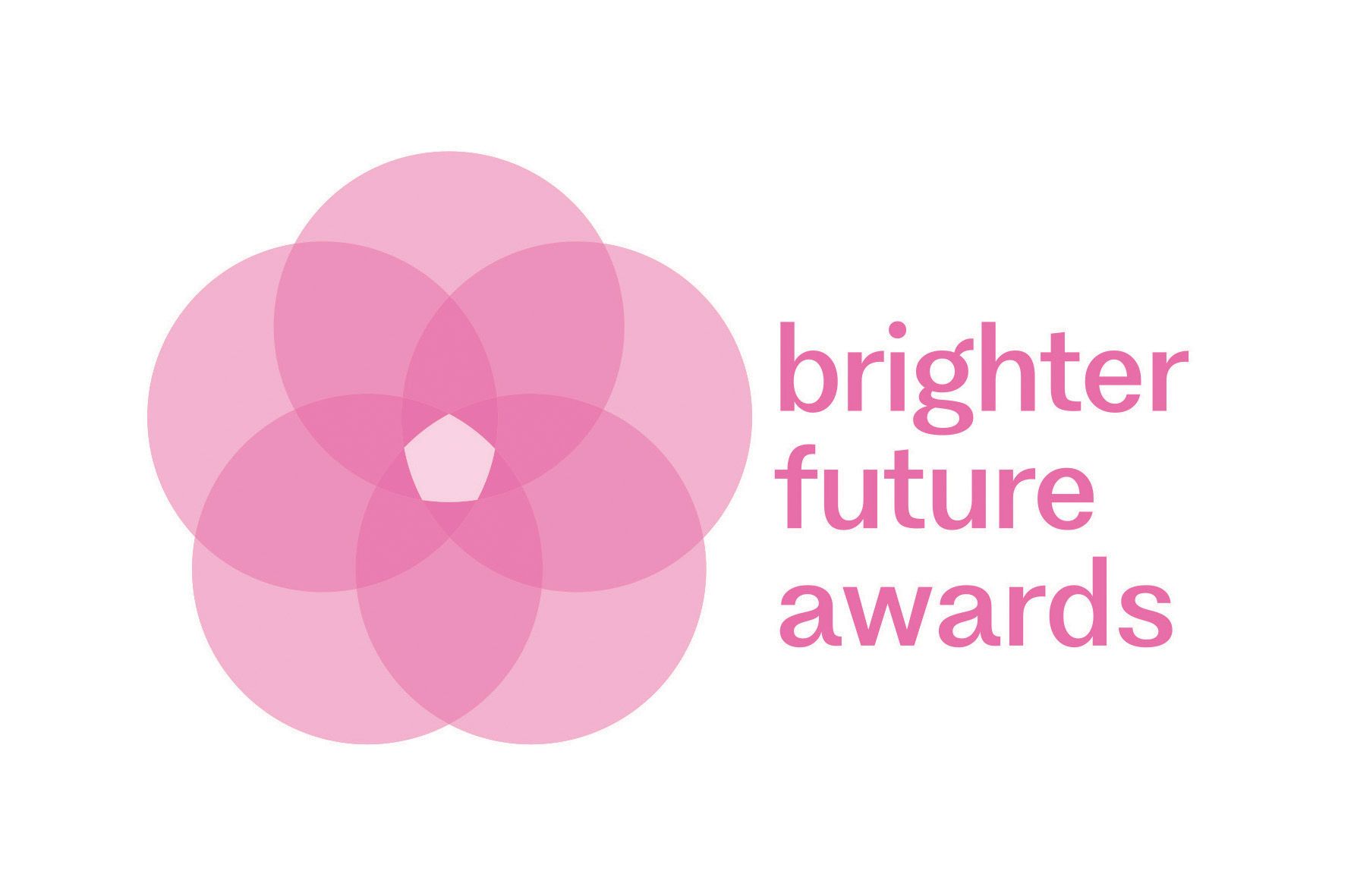As part of our 25th anniversary celebrations and staying focused on our purpose moving forward, we spoke to Andrew Cappie-Wood - former Director-General, NSW Department of Housing - about the circumstances behind establishing the Australasian Housing Institute (the ahi) and becoming our first member.
The early 1990s signalled the beginning of significant changes to Australia’s social/public housing sector. In many areas of Australian and New Zealand life, a host of services traditionally provided by governments were being offered to private interests. After the privatisation of utilities like energy and public transport, public housing was next in line.
Governments of all political stripes began selling off their housing stock to private entities, with a view to making housing more efficient and improving outcomes for housing recipients. The era of state governments being the only large administrators of social housing was over with the rise of Community Housing Providers (CHPs).
It was during this period, in 1994, that that Andrew Cappie-Wood was appointed Director-General of the NSW Department of Housing. Executive boss Gabrielle Kibble had instigated sweeping changes to the Department’s operations and culture; a move that would inadvertently lead to the establishment of the Australasian Housing Institute (the ahi).
As Director-General, Andrew and his team saw a need to re-define what it meant to work in public housing. Like much of the public service in those days, many Department staff saw their role as little more than a secure job with a regular income.
“We realised that we didn't have a profession. We had well-meaning people, but there was nothing supporting them, or us, in creating a housing profession.”
As Andrew explains it, the Department didn't really know what it was culturally, beyond being “the biggest player on the block". If tenants and people on waiting lists were to get better outcomes, he reasoned, then working in housing needed to become a bona-fide profession, with the same kind of support, recognition and professional development opportunities for employees that were par for the course in just about every other industry.
“We realised that we didn't have a profession,” Andrew admits. “We had well-meaning people, but there was nothing supporting them, or us, in creating a housing profession. Out on the front line, there were people who just saw it as a job. It was a ‘thing’ rather than a passion for many people."
In parallel with considering how to better support staff in their roles, the Department wanted staff who believed in what social housing stood for, and who had the passion for helping people. To achieve this, redundancies were offered to those staff who would prefer to work somewhere else: “We wanted people who wanted to make a difference.”
A trip to the UK to attend the Chartered Institute of Housing's (CIH) annual conference in Harrogate, was a seminal moment for Andrew, planting the seed for what would become the ahi. Being almost awestruck at seeing how the CIH supported people working across the sector and having established links with a similar professional body in Hong Kong, he came away from the conference determined to replicate something similar in Australia.
“If you ask, ‘was there a single catalyst?’ that was, I suppose, the bringing back of the idea and having conversations with people about what could be possible.”
Inspired as they were, Andrew and his fellow-travellers in the NSW Department of Housing knew (both literally and philosophically) the CIH-inspired organisation they wanted to establish needed to be a national—not a state-based entity— giving rise to a whole new basket of challenges.
“Although the idea might have come from the Department, a professional body needed to represent all parts of the sector - be that social, affordable or Aboriginal housing workers.”
“We spoke about it as an executive, and it was seen as something which was absolutely a good idea, but no one had real experience in this. We knew if we just said 'make it thus' it would kind of stumble and fall. So, it needed a little bit of nurturing,” he says. “We also knew that, although the idea might have come from the Department, a professional body needed to represent all parts of the sector—be that social, affordable or Aboriginal housing workers. To be seen as professional body, it also needed to be independent of the Department as soon as possible.”
“When I mentioned it to Jennifer Westacott, she said, ‘yes! We've got to have this’. We mentioned it to Mike Allen. He thought it was a great idea from day one, and he's been an absolute champion for it ever since. And then some wise person, I don't remember who, said, ‘well, don't make it just Australia—it's got to include New Zealand and who knows who else wants to come along—let's make it Australasian. That was a very wise decision.”
Underscoring the size of the challenge they faced, establishing the ahi as a formal 'branch' of CIH— an early strategy idea— needed to be shelved: “We looked at their charter and what they did, and of course they're starting at such a high level relative to ourselves. They had all sorts of grades of membership, which you actually had to qualify for. And so, they were so far advanced we realised it was going to be problematic to do that.”
“There was so much to understand and appreciate about how to make it work," Andrew continues. "This was going from a workforce that perhaps saw itself more as a cottage industry, although with a lot of well-meaning people—some absolutely brilliant people. We had to move away from that and move towards being a profession that supported a rapidly diversifying sector. We realised we were going to have to do it our way rather than necessarily piggyback on the UK Chartered Institute.
“They gave us all the encouragement in the world and ended up being a very good support," he says of the CIH. "I went a couple of times in the nearly 10 years I was running housing in New South Wales to their annual conferences, and you just picked up so much. You’d say, 'right, that idea's coming home'. It was so good. We took the idea of having another go at community gardens, we gave the Foyer model a try and building professional support for those that worked in housing.”
“Having the Institute was a fundamental underwriting of the concept of having a housing profession.”
As Andrew moved on to work in a numbers of different departments, he kept up with the ahi's ongoing growth and development from a distance via the website. His passion for the Institute hasn’t diminished: “Having become absolutely professional, and to see the range of training and mentoring and other support supports available is really fantastic.”
“Having the Institute was a fundamental underwriting of the concept of having a housing profession, because without that, there's no professional body—there's no collective wisdom— and that's what you're looking for: collective wisdom.
"There's lots of people with fantastic ideas and a lot of experience. How do you share that? How do you actually bring that together in a way that is comprehensive and makes sense, is easy to access can be built upon and gives recognition? That's always one of the things which I thought the ahi should look to, is how do you get that professional recognition. How do you get the ahi after people's names, and people go, 'aha! The seal of approval’?”
Reflecting on 25 years of the ahi, Andrew paid tribute to the hard work and support of many stalwarts of the Institute, naming Mike Allen, Jennifer Westacott and Vivienne Milligan as seminal to the ahi's inception, as well as countless others.
“It was easy to introduce the idea of starting a professional association in support of staff in a rapidly diversifying and maturing social and affordable housing sector," he concludes. "It was another thing entirely to have it brought into reality, and for this, Mike Allen should be given much of the credit. Without Mike, it wouldn't have been as successful as it has become. He was there from the very beginning, and he immediately said, 'yes, this is about being a profession—it's about supporting a profession'.”
"I'm very proud to be able to call myself the ahi's Number One Ticket Holder!"
Read what Mike Allen and Unis Goh have to say about the
evolution of social housing in Australasia across the last 25 years.
Share This Article
Other articles you may like






